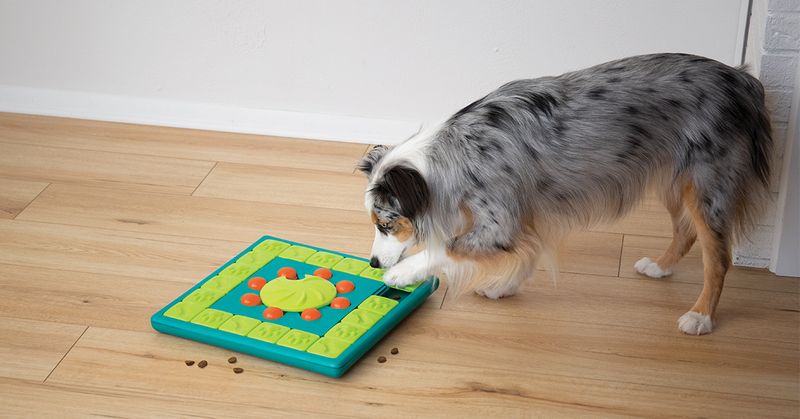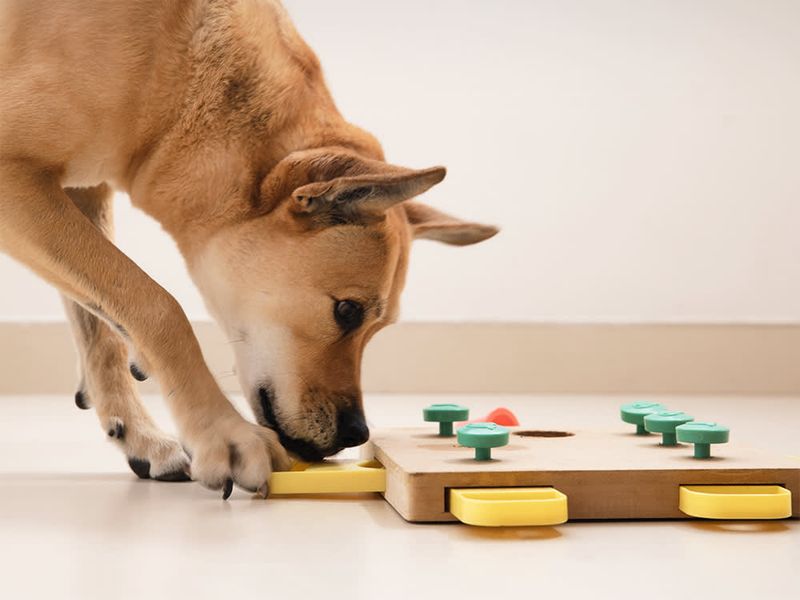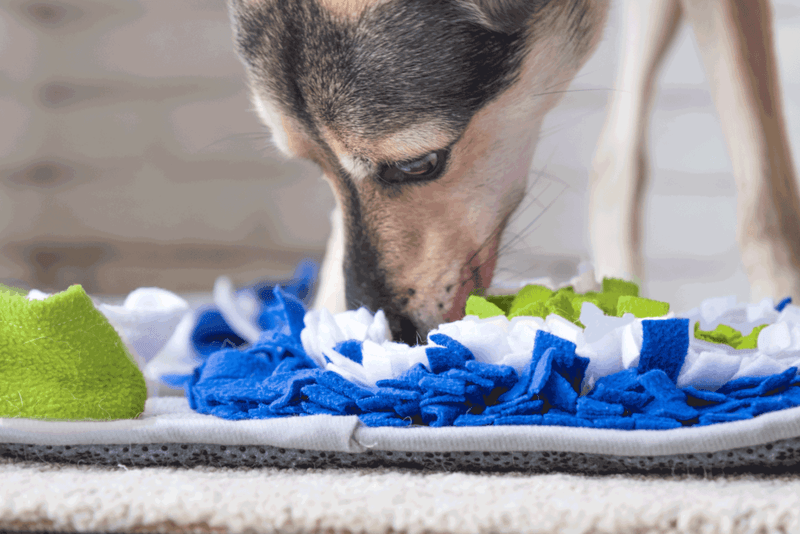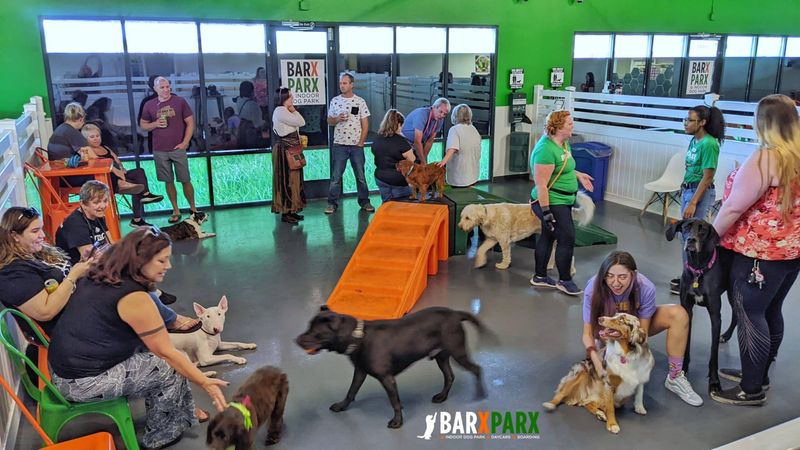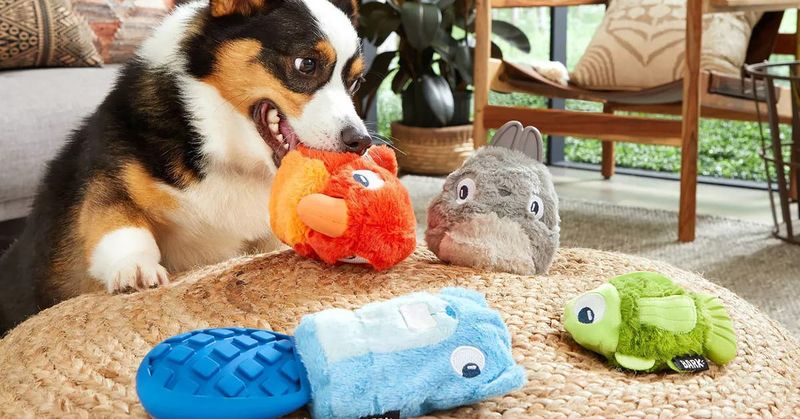Dogs, much like humans, can easily get bored when confined indoors for extended periods. Without proper stimulation, this boredom can lead to behavioral problems, stress, and an unhappy pet. This blog post explores eleven common reasons why dogs may feel bored inside the house and provides fun and engaging solutions to keep them entertained and content. From lack of exercise to insufficient mental challenges, understanding these factors can help dog owners create a more enriching environment for their canine companions. Let’s dive into the causes and their creative fixes to ensure your furry friend stays happy and healthy.
Lack of Exercise
Dogs thrive on physical activity, and when they don’t get enough exercise, they can become restless and bored. A daily walk or play session isn’t just a treat—it’s a necessity. Without it, dogs may exhibit destructive behaviors or incessant barking.
Consider adding variety to their routine with games like fetch or tug-of-war in the backyard. Alternatively, a trip to the dog park can provide both exercise and social interaction.
Keeping a schedule helps, too. Consistent activities ensure your dog knows when to expect their next adventure, keeping them engaged and happy.
Monotonous Environment
Imagine staring at the same four walls day after day. Dogs can feel the same monotony when their environment never changes. Enriching their space with new sights, sounds, and scents can break the monotony.
Changing toys regularly or rearranging furniture can offer new smells and perspectives. Introducing a pet-safe plant or two adds variety and interest.
Music or audiobooks tailored for pets can also change the ambiance, providing auditory stimulation. The key is to keep things dynamic, offering your dog a sensory-rich environment that keeps boredom at bay.
Lack of Mental Stimulation
Dogs are intelligent creatures, and a lack of mental stimulation can lead to boredom. When left without tasks, they might resort to destructive habits.
Interactive toys like puzzle feeders challenge dogs to think and work for their food, providing entertainment and mental exercise. Training sessions with new commands or tricks also engage their minds.
Rotating toys ensures they don’t lose interest in any single one. Incorporating challenges into their daily routine can satisfy their innate curiosity and desire to learn, keeping them mentally fit and content.
Limited Social Interaction
Dogs are social animals and crave interaction. A lack of social stimulation can leave them feeling isolated and bored. Regular playdates with other dogs or visits to the dog park can help fulfill their need for company.
If doggy friends aren’t available, quality time with humans is the next best thing. Engaging in games or simply snuggling together strengthens the bond and provides affection.
Consider doggy daycare for busy weekdays. It offers a chance for dogs to meet new friends and stay active while you’re away, ensuring they aren’t left alone for long.
Predictable Routine
Routine is comforting, but too much predictability can lead to boredom. Dogs thrive on a mix of consistency and novelty. Introducing spontaneous elements can keep life exciting.
Surprise your dog with an unplanned trip to a new location or an unexpected play session. Hide treats around the house for an impromptu scavenger hunt.
Small changes, like taking a different route on walks, can offer new experiences and scents. By making even small adjustments, you can break the monotony and keep your dog’s day fresh and engaging.
Insufficient Challenge
Some dogs require more complex challenges to stay entertained. Simple toys might not capture their attention for long, leading to boredom.
Invest in toys that challenge their problem-solving skills. Treat-dispensing toys or complex puzzles designed for dogs can provide the stimulation they crave.
Training sessions with advanced tricks can also offer the mental workout they need. Ensuring they have access to activities that challenge them prevents boredom and keeps their minds sharp and focused.
Lack of Outdoor Time
For dogs, the outdoors is a canvas of scents, sights, and sounds. Being cooped up inside for too long can make them feel bored and confined.
If a full outdoor adventure isn’t feasible, try bringing the outdoors in. Open the windows for fresh air or let them lounge on the porch.
A window perch offers a view of outdoor activity, providing visual stimulation. Spending time in the backyard or taking regular short walks can also help break the indoor monotony and keep them happy.
No Variety in Diet
Just like humans, dogs appreciate variety in their meals. A monotonous diet can lead to disinterest and boredom.
Introducing different flavors or textures to their diet can reignite their interest in mealtime. Consider mixing in wet food, fresh vegetables, or a sprinkle of broth.
Always ensure any dietary changes are safe and healthy. Consulting with a vet can provide guidance on enriching their meals without compromising nutrition. Keeping their diet diverse ensures they look forward to mealtime and remain satisfied.
Lack of Training
Training offers both mental and physical exercise. Without it, dogs can become disinterested and idle. Regular training sessions keep their minds sharp and engaged.
Introducing new tricks or commands challenges them and provides a sense of accomplishment. Positive reinforcement during training boosts their confidence and enthusiasm.
Consistency is key. Short, frequent sessions work best, ensuring they remain focused and eager to learn. This not only prevents boredom but also strengthens the bond between you and your furry friend.
Inadequate Resting Spot
Even rest can become dull if the environment is uninspiring. An uncomfortable or boring resting spot can make relaxation unappealing.
Ensuring your dog has a cozy, inviting bed in a quiet corner is essential. A bed with a variety of textures or a new blanket can enhance comfort.
Consider moving their bed to provide different views or to catch more sunlight. This minor change can make resting more enjoyable and fulfilling. A comfortable spot ensures they’re well-rested and ready for their next adventure.
Lack of Physical Play
Physical play is crucial for a dog’s happiness. Without it, they may feel lethargic and bored. Regular play sessions offer an outlet for their energy and excitement.
Games like fetch or hide-and-seek cater to their natural instincts and provide an enjoyable workout. Incorporating interactive toys keeps the play dynamic and engaging.
Switching up activities prevents them from losing interest. Keep a variety of toys on hand and introduce new ones occasionally. Active play is vital for their physical health and mental well-being, ensuring a happy, balanced dog.
Interactive Toys Introduction
Interactive toys can transform a dull day into a fun adventure. They provide mental stimulation and physical engagement, keeping boredom at bay.
Consider toys that challenge your dog to solve puzzles or ones that dispense treats as rewards. These toys not only entertain but also help develop problem-solving skills.
Introducing new toys periodically maintains their interest and excitement. By making playtime an active learning experience, you ensure your dog remains mentally sharp and entertained.
Sensory Enrichment
Dogs experience the world through their senses, and sensory enrichment can greatly reduce boredom. Creating a sensory garden with different textures and scents offers endless exploration.
Adding a shallow wading pool or a dig box offers tactile stimulation, while scented herbs provide olfactory exploration.
Even indoors, rotating scented toys or introducing different textures like carpet squares or blankets can provide variety. Sensory enrichment allows your dog to engage with their environment fully, keeping them entertained and fulfilled.
Creative Training Games
Training doesn’t have to be routine. Creative games like hide-and-seek or agility courses provide both mental challenges and physical activity.
These games enhance your dog’s skills and provide a fun bonding experience. Setting up obstacle courses in the backyard or using household items for training keeps sessions fresh and exciting.
Incorporating playful challenges into training ensures your dog is both learning and having fun. This approach keeps boredom at bay and supports their overall development.
Variety in Walk Locations
Walking the same route daily can become monotonous. Exploring new parks or trails introduces fresh scents and sights, stimulating your dog’s senses.
A change of scenery keeps walks exciting and unpredictable. Different terrains offer unique challenges and experiences, contributing to their physical and mental health.
By varying locations, you provide an enriching experience that nurtures their curiosity and satisfies their adventure needs. Regularly exploring new areas ensures each walk is an exciting journey rather than a chore.
Social Activities with Pets
Social interactions are vital for a dog’s happiness. Organized playdates or attending doggy events foster socialization and keep boredom at bay.
These activities offer an opportunity for dogs to learn social cues and build friendships. Participation in social events ensures they remain well-rounded and confident.
Meeting new canine pals or engaging in group activities provides both physical exercise and mental stimulation. Social activities nurture their sociable nature and enrich their daily life.
Engaging Daily Routine
An engaging daily routine balances predictability with spontaneity. Mixing structured activities with unexpected surprises keeps life exciting for your dog.
Plan a combination of regular walks, playtime, and training with occasional impromptu adventures. Incorporate variety by alternating toys or introducing new games.
A dynamic routine prevents boredom and ensures your dog looks forward to each part of their day. By maintaining a balance, you ensure your dog enjoys a fulfilling and stimulating lifestyle.
Mirroring Human Activities
Including your dog in everyday activities enhances their sense of belonging. Simple tasks like fetching the newspaper or accompanying you during chores engage their minds and bodies.
This inclusion fosters a sense of purpose and enjoyment. Allowing them to observe or assist in household tasks keeps them from feeling isolated.
These activities strengthen your bond and provide mental and physical stimulation. By mirroring human activities, you create a shared experience that enriches their daily life, keeping boredom at bay.
Utilizing Technology for Fun
Technology can be a great ally in keeping dogs entertained. Interactive pet cameras or automated toys offer engagement even when you’re away.
These devices provide mental stimulation and a sense of connection. Through features like treat dispensers or voice interaction, you can engage your dog remotely.
Incorporating technology into playtime ensures your dog remains happy and entertained, even in your absence. It offers peace of mind, knowing your pet is active and engaged while you’re occupied.
Exploring New Toys
The thrill of discovering new toys can bring joy and excitement to a dog. Regularly introducing new playthings keeps their environment dynamic and engaging.
Observe their preferences to choose toys that match their interest, whether it’s squeaky, plush, or chewy. Rotating toys prevents them from becoming stale.
This variety stimulates their senses and prevents boredom. By regularly exploring new toys, your dog remains curious and entertained, turning every play session into a delightful adventure.
Quality Time with Human
Spending quality time with your dog fosters a deep connection and happiness. Whether it’s a quiet evening on the couch or an active play session, this time is invaluable.
Engaging your dog in activities you both enjoy strengthens your bond and offers comfort and joy. It reassures them of their place in your life.
This focused attention satisfies their social needs and keeps boredom at bay. By cherishing these moments, you ensure your dog feels loved and appreciated, contributing to a fulfilling and joyous life.



